The landscape of Indian contemporary art has been richly textured by the contributions of women artists, whose stories, struggles, and achievements have added profound depth to its tapestry. From the mid-20th century to the present day, female artists in India have been pivotal in shaping and redefining the contours of contemporary art, pushing boundaries and creating works that speak to local and global audiences. Their journey, marked by resilience and creativity, offers a compelling narrative of artistic evolution. The Indian art scene, like many other domains, has long been dominated by male artists. However, the contribution of women artists has been significant, albeit often needs to be recognised. These women have navigated a complex socio-cultural landscape to establish their presence in the art world. The early post-independence period was particularly challenging, as women artists sought to carve out a space for themselves in a predominantly male environment. Despite these obstacles, they emerged as key figures, bringing fresh perspectives and innovative techniques.

The post-independence era in India witnessed a surge in artistic expression, with women artists like Amrita Sher-Gil and Nasreen Mohamedi setting the stage for future generations. Amrita Sher-Gil (1913-1941), often referred to as India’s Frida Kahlo, pioneered modern Indian art. Her work, ‘Three Girls’ (1935), is a poignant depiction of rural Indian women and reflects her deep engagement with Indian subjects and styles. Sher-Gil's fusion of Western techniques and Indian themes created a unique visual language that continues to inspire.
Nasreen Mohamedi (1937-1990), another significant figure, brought a minimalist and abstract approach to Indian art. Her untitled works from the 1970s, characterised by precise lines and contemplative spaces, stand in stark contrast to the more vibrant and figurative styles of her contemporaries. Mohamedi's contribution lies in her meditative exploration of form and space, which gained international recognition over the years.

Female artists in India have faced numerous challenges, from societal expectations to limited access to professional opportunities. Yet, these obstacles have often fuelled their determination to succeed.

Arpita Singh, born in 1937, is one such artist whose vibrant and narrative-rich paintings have garnered acclaim. Her work ‘My Mother’ (1993) is a powerful commentary on womanhood and personal memory, blending folk art influences with modernist sensibilities.
In this work, a portrait of Arpita Singh's mother, seen on the right of the image, depicts her as serene and unaware of the mayhem around her; the road appears as a diagonal, a recurring stylistic approach, and to the left of the work is a sea of bodies, both alive and dead, some lying half-submerged under layers of texture, and some half upon the surface.
The turn of the millennium saw a broader recognition of Indian women artists on both national and international stages. Bharti Kher, born in 1969, is renowned for her use of bindis in her artworks. Her piece ‘The Skin Speaks a Language Not Its Own’ (2006) features a life-sized fibreglass elephant adorned with thousands of bindis, symbolising the intersection of tradition and modernity.

The elephant, a revered and culturally significant animal in India, is covered in bindis, which are traditionally worn by women on their foreheads as a symbol of marital status, spiritual significance, and cultural identity. By placing these bindis on an elephant, Kher creates a striking visual dialogue that explores themes of identity, femininity, and cultural symbolism. The bindis transform the elephant’s skin into a textured, almost sacred surface, challenging viewers to reconsider the boundaries between the personal and the universal, the traditional and the contemporary.

In recent years, a new generation of female artists has emerged, making significant strides in the global art scene. Among them is also Madhvi Parekh, born in 1942, who has gained considerable recognition for her distinctive artistic voice. Recently, she showcased her work at the Venice Biennale, one of the most prestigious art exhibitions in the world. This event marked a significant milestone in her career, bringing her vibrant and whimsical portrayals of rural life in India to a broader international audience. Parekh's participation in the Venice Biennale not only highlighted her achievements but also underscored the growing influence and visibility of Indian women artists on the global stage.
‘Bird on the Tree’ (1975) is a captivating work that celebrates the beauty of contour and the intensity of colour. Madhvi Parekh employs gesture and process to record her memories of the village she lived in. The numerous colour-filled indentations on her canvas mark the passage of time, almost like rotations around the sun, culminating in a dramatic colour pour where the striations of contour flow seamlessly into the lines of the portrait. This technique fills the space and suffuses the work with the texture of indigenous intensity. The image of the bird on the tree, the little girl, and the small rabbit all contribute to a synergy that evokes tales from yesteryear.
Madhvi Parekh's works question the meaning of Indian traditions and spirituality, as well as the symbolic power of divinities. Through her practice, Parekh creates an imaginary world where the strange and the familiar coexist with the real and the surreal. In this world, man and nature are one, and feminine forces are in motion, combining energy and action, power and dynamism. Every being personified in Parekh's paintings is a celebration of the multiple forms of Indian art, reflecting the rich cultural tapestry and deep symbolic heritage of her country. Her ability to infuse everyday scenes with a sense of wonder and spirituality resonates with viewers, inviting them to explore the layers of meaning embedded in her work. Through her art, Parekh continues to bridge the gap between tradition and modernity, offering a fresh perspective on the cultural dynamics of rural India.
In conclusion, the journey of women in Indian contemporary art is ongoing. Today, a new generation of female artists is making its mark, both in India and on the global stage. They are not only redefining what it means to be an artist in contemporary India but are also challenging traditional narratives and creating new ones. Their work is a celebration of diversity, creativity, and resilience, and it continues to inspire and resonate with audiences around the world.
The contributions of female artists to Indian contemporary art are invaluable. From early pioneers like Amrita Sher-Gil and Nasreen Mohamedi to modern-day trailblazers like Madhvi Parekh, these women have continuously pushed artistic boundaries and brought diverse narratives to the forefront. As they gain increasing recognition on the global stage, they not only redefine Indian art but also challenge and expand the global art discourse. The journey of these artists serves as an inspiring testament to the power of creativity in overcoming challenges and forging new paths.

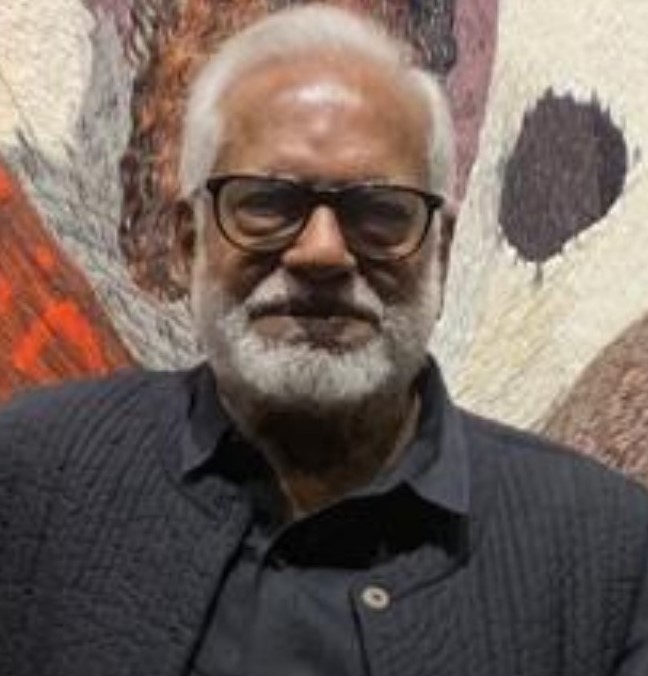
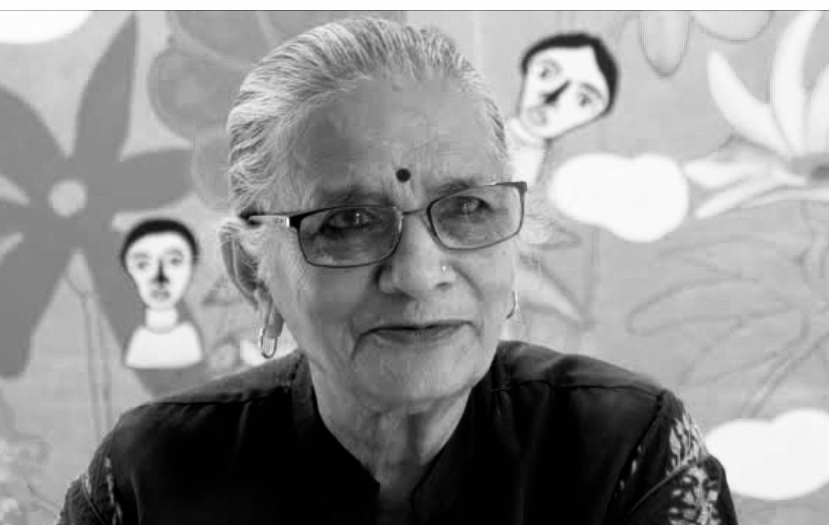
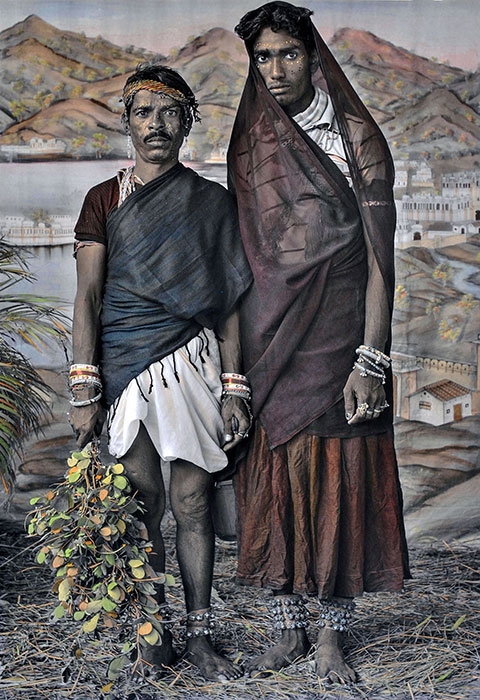
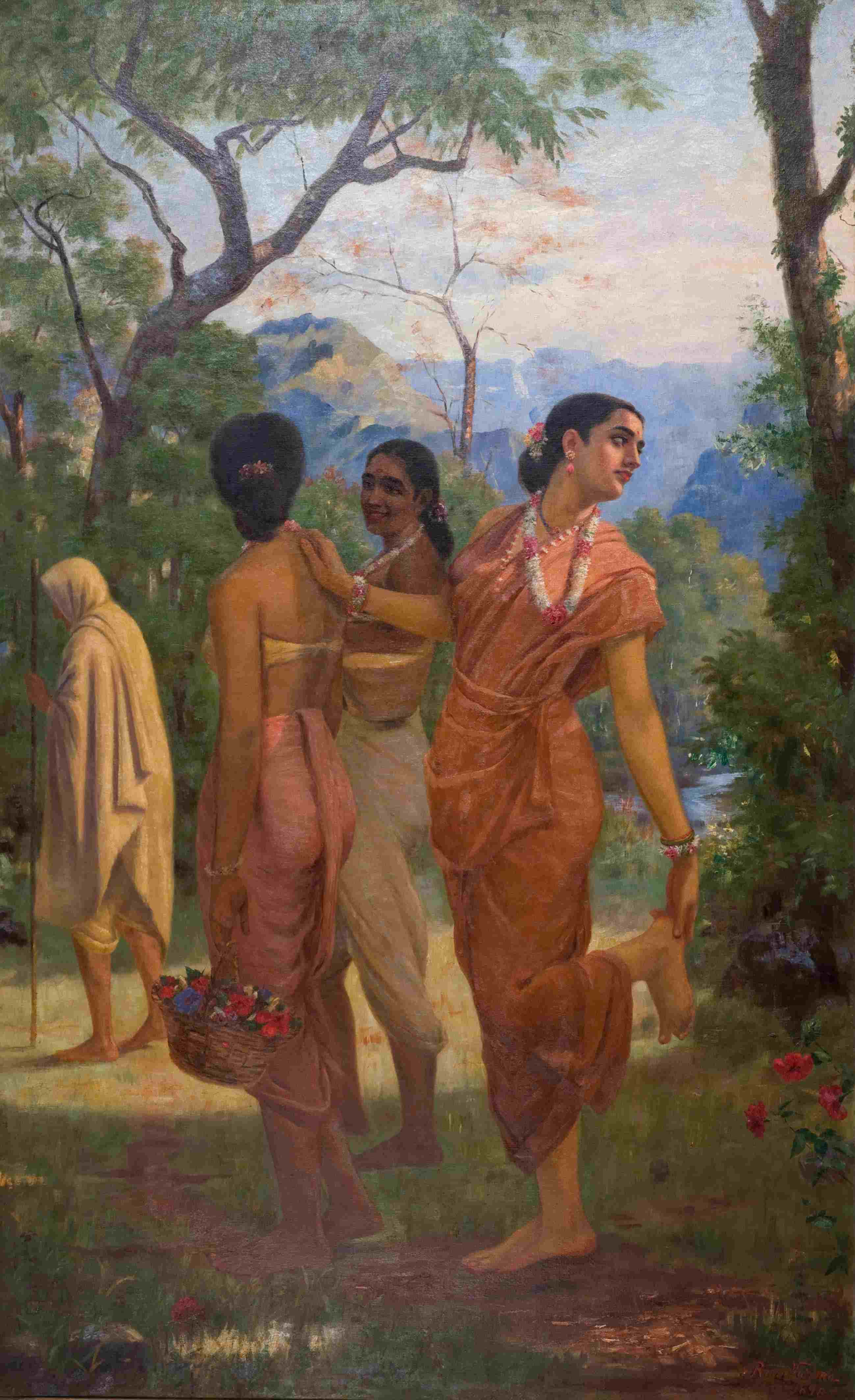
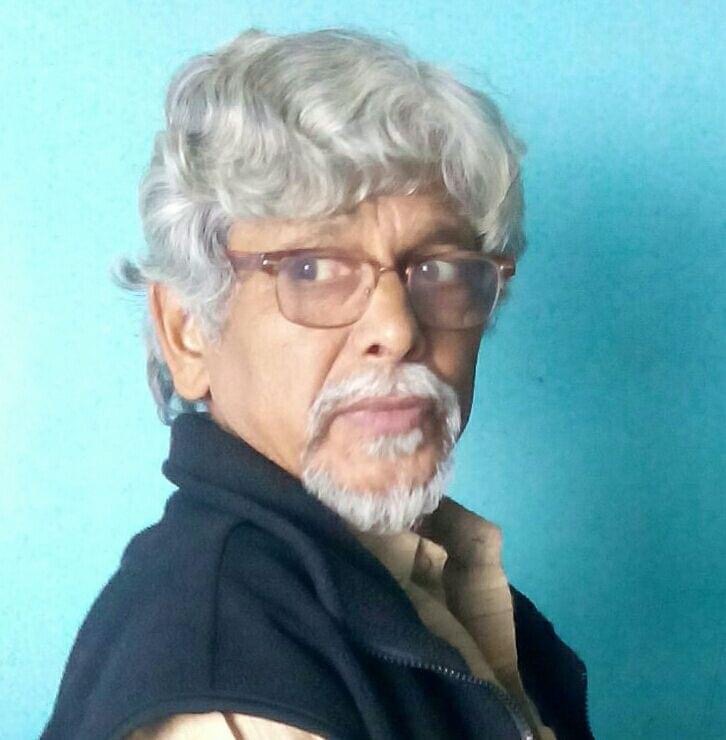
Leave a Comment